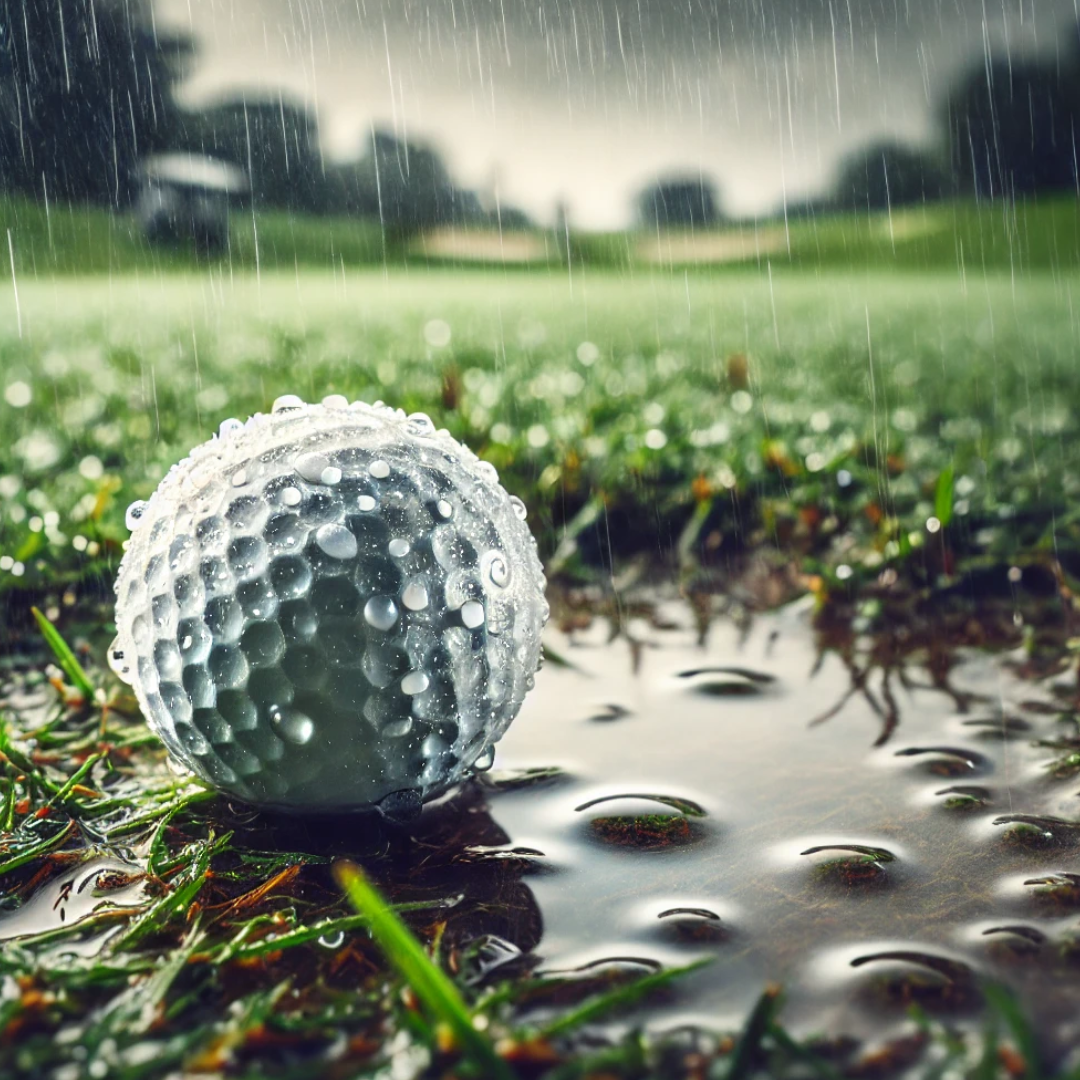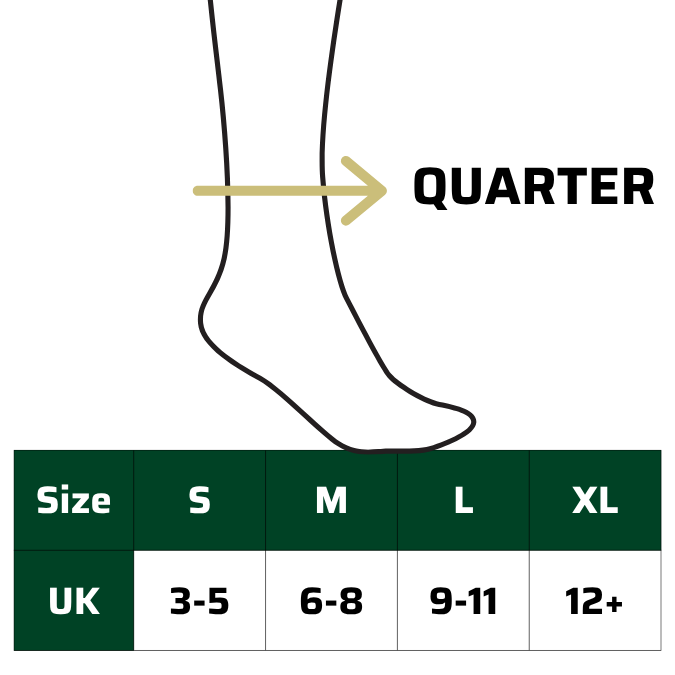
How Does Rain Affect Golf? A Comprehensive Guide for Wet-Weather Golfing
Golf is a game that thrives in nature, and playing outdoors means dealing with the elements.
One of the biggest challenges golfers face is rain. Whether it’s a light drizzle or a torrential downpour, rain can significantly affect your round, from how the ball moves to the condition of the course.
Understanding how rain affects golf—and how to adapt to wet-weather conditions—can help you maintain your performance and enjoy the game, even in less-than-ideal weather.
1. Impact on Ball Movement
Rain dramatically alters the way a golf ball behaves, both in the air and on the ground. Here’s how:
- Reduced Ball Flight Distance: Wet conditions can make the air more humid and dense, causing the ball to lose speed and not travel as far. A rain-soaked fairway will also have less roll, which means the ball stops faster upon landing.
- Ball Spin: Wet clubfaces and wet golf balls decrease friction, reducing spin, particularly on drives and iron shots. This makes it harder to control the ball and get it to stop quickly on the greens.
- Greens Play Differently: Rain can make greens softer and slower. Balls will not bounce or roll as far as they normally would on dry greens. The softer surface can also make the greens more forgiving, as the ball won’t roll off as easily when it lands.

8 reviews
Wallington - Waterproof Cold Weather Socks
Regular price
£29.99
Regular price
Sale price
£29.99
Unit price
/
per






2. Effect on Course Conditions
Rain doesn’t just affect how the ball behaves; it also changes the condition of the course itself.
- Wet Fairways: Fairways can become muddy and slippery, making it harder to get good traction and stability during your swing. Additionally, waterlogged fairways provide less roll and make it harder to achieve maximum distance on your shots.
- Soggy Rough: Wet rough becomes even more difficult to play from because it gets thicker and heavier when soaked with water. The increased resistance from the wet grass makes it harder to swing through and control your shots.
- Bunkers Fill with Water: Rain can turn bunkers into small ponds. While most courses have drainage systems, heavy rain may cause bunkers to retain water, turning them into challenging hazards. Playing from a wet bunker can make it difficult to get under the ball, often requiring a stronger or different approach to escape.
- Standing Water: Courses may develop puddles in low-lying areas, creating temporary water hazards. These can affect not only the flight and roll of the ball but also your footing and stance.
3. Player Performance and Comfort
Rain affects more than just the course—it also impacts the golfer directly.
- Grip Issues: Wet hands, gloves, and grips can cause slippage, leading to less control over the club and poorer swings. Golfers need to regularly dry their grips and hands during a rainy round.
- Footing and Stability: Wet conditions make it easier to slip during your swing, especially if the fairway or rough is waterlogged. Wearing waterproof golf shoes with good traction becomes essential to maintaining your balance and stability.
- Wet Clothing and Equipment: Rain can soak through regular golf clothes, causing discomfort and making it difficult to focus. Investing in waterproof gear like jackets, pants, and waterproof golf socks (like those from On The Toe) will keep you dry and comfortable throughout your round.
4. Adaptations for Rainy Golf
While rain adds challenges to your game, there are several ways to adapt and keep playing your best:
- Use a Waterproof Golf Bag and Rain Cover: Keeping your clubs and gear dry is essential. A waterproof golf bag or a rain cover for your bag will help prevent moisture from affecting your clubs and other equipment.
- Club Selection: Because the ball travels shorter distances in the rain, consider using more club than you normally would. If you’d typically use a 7-iron, switch to a 6-iron or 5-iron to compensate for the reduced distance.
- Wedges on Soft Greens: Wet greens can be beneficial when using wedges. Since the ball won't roll as far upon landing, you can be more aggressive with approach shots, knowing the ball will stop quicker.
- Keep Your Gloves Dry: Carry multiple golf gloves in your bag and rotate them as they get wet. Use towels to dry off your grips and gloves before each shot.
- Adjust Putting: On wet greens, putts will be slower and less likely to break as sharply. Hit your putts with a little more force than usual, and don’t expect them to break as much.
5. Rules for Playing in the Rain
Rain can also affect the rules of the game. Courses may invoke local rules such as "lift, clean, and place" (part of winter rules) when the ground is very wet or muddy.
This rule allows you to clean and reposition your ball to avoid unfair lies in wet conditions. Always check with the course or tournament director to see if any special rules apply due to rain.
6. When to Call It Quits
While a little rain won’t stop most golfers, there are times when it’s best to call off the round for safety reasons:
- Lightning: If there’s lightning in the area, it’s essential to stop play immediately. No round of golf is worth risking your life.
- Torrential Rain: If the rain becomes too heavy, causing flooding or making it difficult to swing and see, it may be time to stop. Many courses will suspend play during severe weather conditions.
Final Thoughts
Rain certainly adds complexity to the game of golf, but with the right approach, equipment, and mindset, it’s possible to play well even in wet weather.
From adjusting your club selection to investing in waterproof gear like shoes and socks, preparing for rainy rounds can improve both your comfort and performance.
By understanding how rain affects the course and your game, you’ll be better equipped to handle whatever Mother Nature throws your way.
